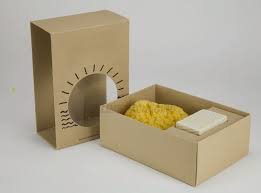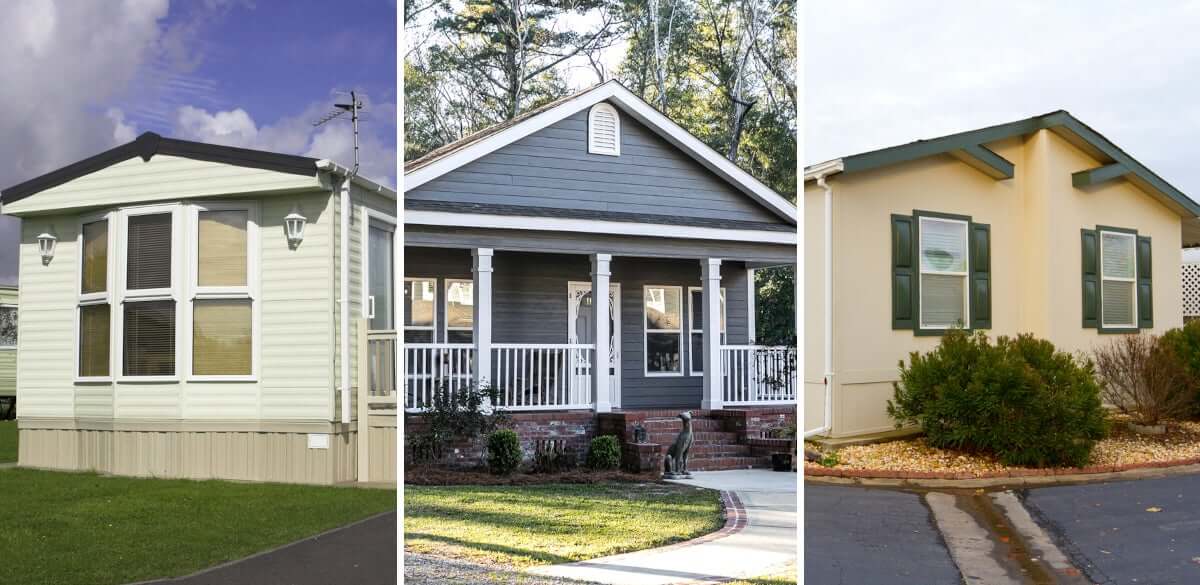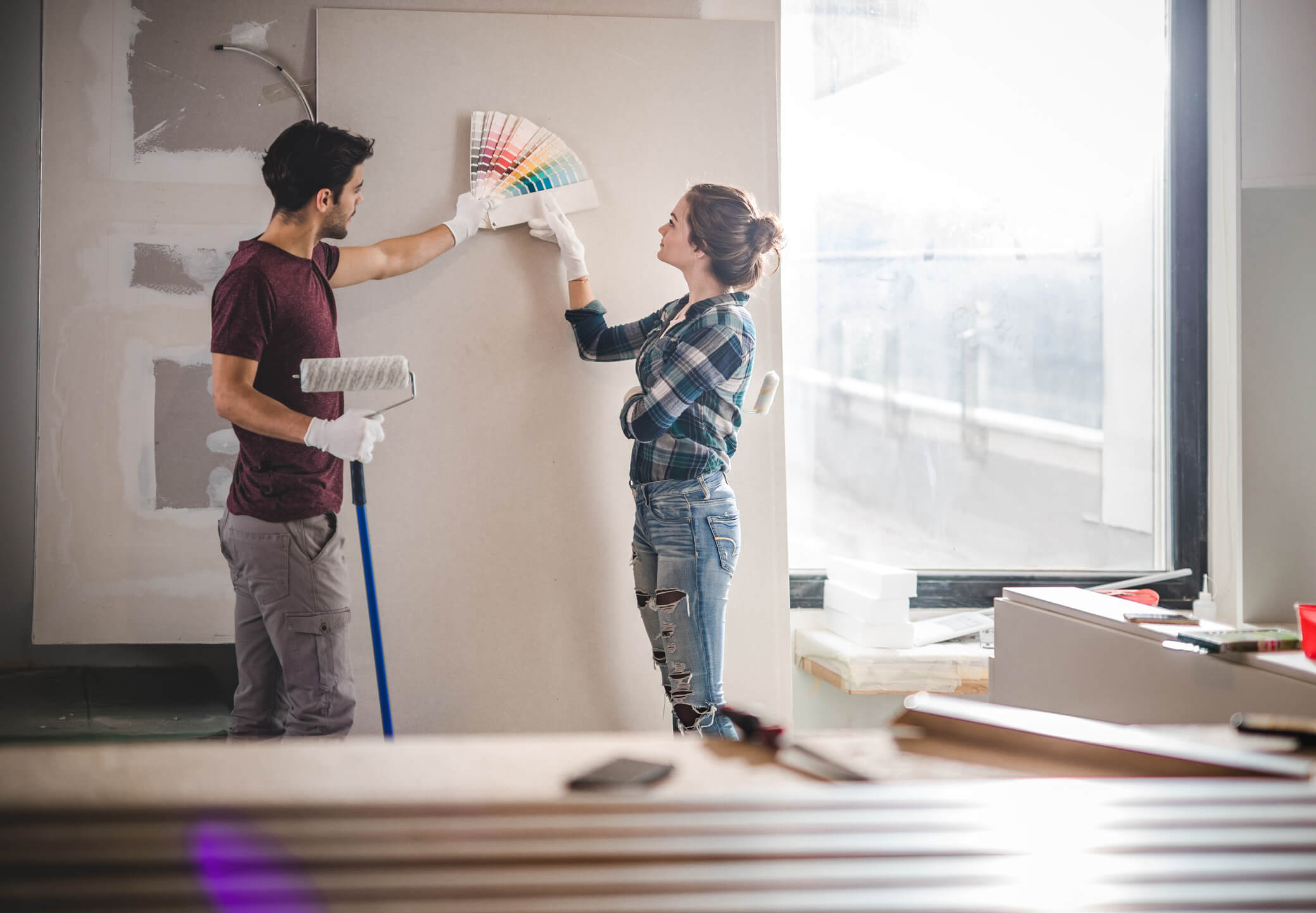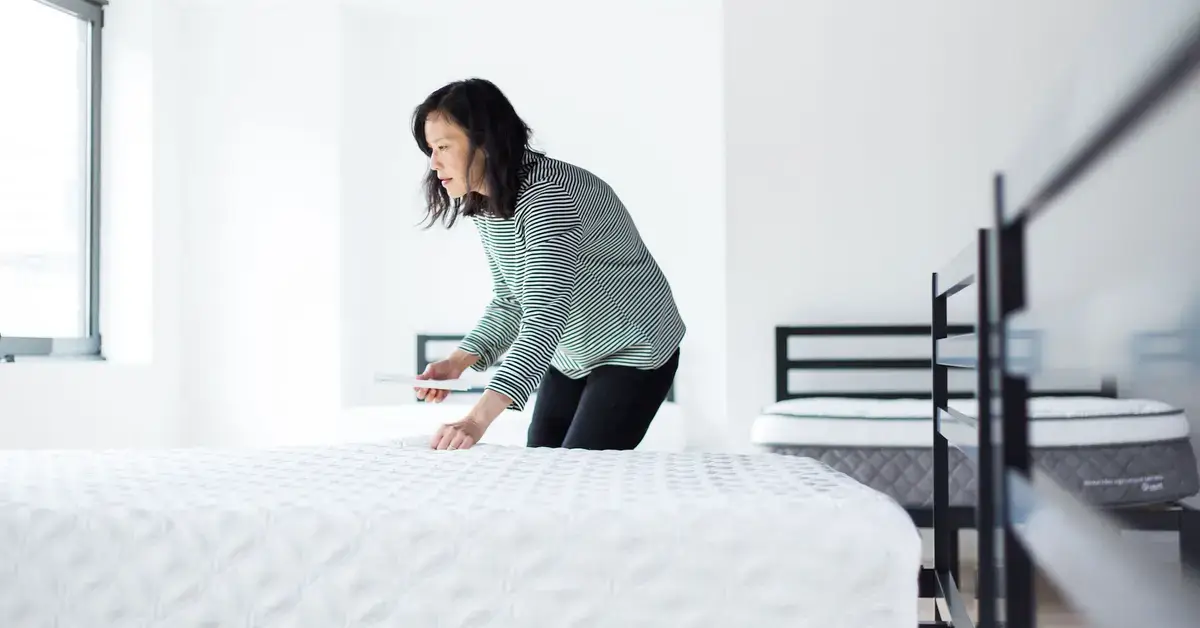You may wonder if traditional houses are better than prefabricated homes when you’re thinking of building a home.
Anyone looking to build or buy a house will have to decide between prefabricated and traditional homes. The decision is ultimately based on the individual’s preferences, budget, and lifestyle.
This comparison will explore the five main differences between prefabricated and traditional homes, to help you make a more informed decision.
Construction Process
Traditionally, homes are built on-site using traditional construction methods. Pouring a foundation is followed by framing, roofing, and finishing.
The process is a long and tedious one that may take months or years to complete. Weather conditions, labor shortages, and delays in materials can affect the construction timeline.
Modular homes are prefabricated in a factory. Construction involves building sections or modules, which are then delivered to the site of construction for assembly.
The construction process is significantly shortened by this method since weather conditions are minimal and work can be done simultaneously in the factory and on the site.
According to the experts of Georgia modular homes, these homes are a faster option because they can be built in just a few weeks or even months.
Construction Time
Due to the nature of traditional homes, the construction process can take longer than usual. This is due to weather delays and the coordination required by various trades on site. A traditional home can take months, or even years, to finish.
Prefabricated homes are known to have a shorter construction period. The assembly process is efficient and streamlined because many components are produced simultaneously in the factory.
It can reduce the construction time by up to 50%. Some prefabricated homes are ready for occupancy in just a few weeks.
Customization
Traditional homes allow for a great deal of customization. The homeowner can work with an architect or builder to create a design unique to their needs and preferences.
The flexibility of the homeowner to make changes to the design during construction may increase the cost and time.
Customization options for prefabrication homes are usually limited compared to those of traditional homes. There are many pre-designed options, but customization is limited, particularly when it comes to structural changes.
Manufacturers are offering more design and finish options in order to accommodate a wider variety of preferences.
Cost
Prefab homes often come with a more predictable and controlled cost structure. Since they are manufactured in a factory, there is better cost control, fewer material wastages, and efficient use of labor.
This can result in lower overall construction costs compared to traditional homes. However, the final cost will still depend on the chosen design, finishes, and site preparation.
First, factories are less expensive than traditional construction work. Secondly, the materials are of higher quality and don’t require as much finishing.
The cost of traditional homes is higher than prefabricated houses, mainly because they require more work and transportation materials. It also requires more experience and specialization from the builder.
Traditional homes can vary widely in cost depending on location, size, design, and material choices. Labor costs, especially for skilled trades, can be a significant portion of the budget.
Additionally, the longer construction timeline can lead to increased expenses, such as ongoing loan interest and site maintenance.
If you have to choose between two options, prefabricated houses are the best choice. They use less natural resources and produce fewer losses.
Quality
The ability of the team to construct a home and the availability of high-quality building materials are key factors in the quality of the traditional home.
Construction quality can vary due to weather conditions, human error, and the experience of the workers. Consistent quality can be difficult to achieve.
Prefabricated homes are constructed in a factory setting where quality is the top priority. Precision machinery and standard processes help ensure consistency and quality in the end product.
The materials chosen for prefabrication homes are also often selected because of their energy efficiency and durability.
Both types of homes have pros and cons. It will depend on what you need. Prefabricated houses can be a good choice if you want a house that’s affordable, quick to build, and customizable.
If you want to build a prefab home for yourself contact Green-R-Panel. They are the leader in providing DIY home-building kits.










